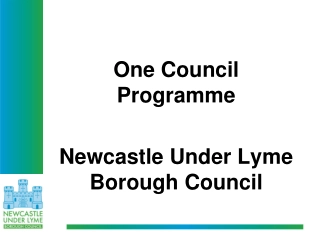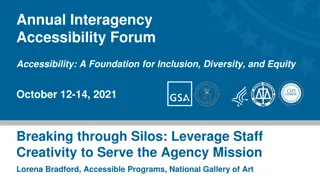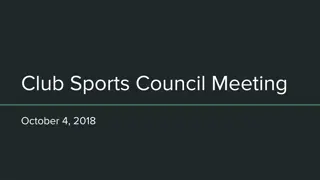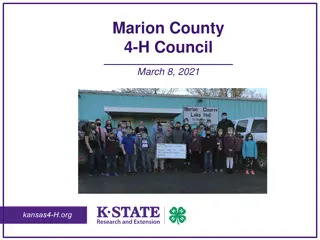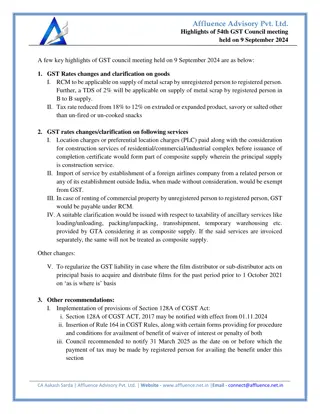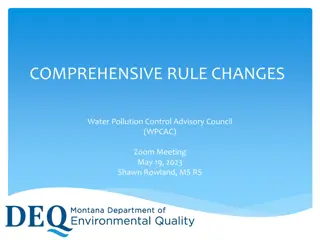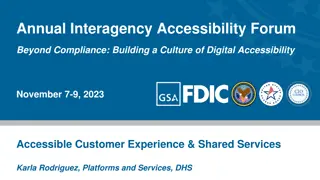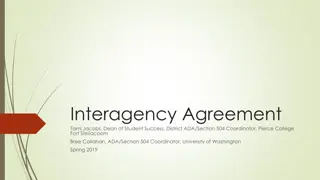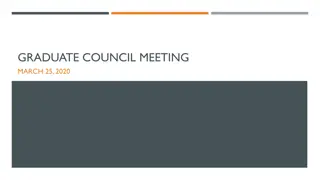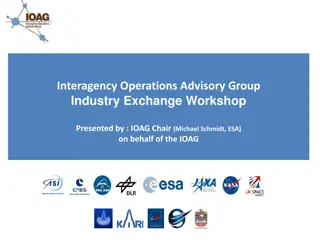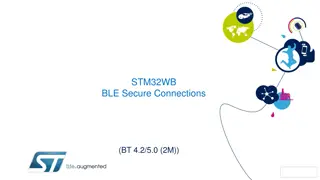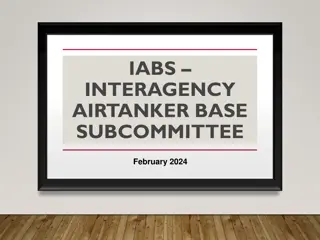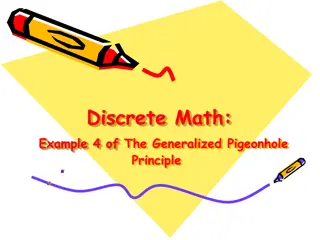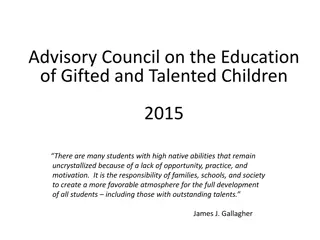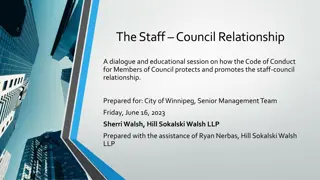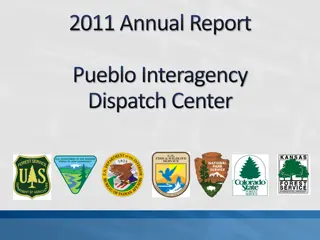Creating Connections NH Interagency Council Meeting Highlights
The Creating Connections NH Interagency Council met on October 6, 2020, focusing on updates, peer workgroups, and future plans to engage youth with substance use disorders. The council aims to develop a continuum of care for youth with a strong emphasis on diversity, data-driven decision-making, and community partnerships.
Download Presentation

Please find below an Image/Link to download the presentation.
The content on the website is provided AS IS for your information and personal use only. It may not be sold, licensed, or shared on other websites without obtaining consent from the author.If you encounter any issues during the download, it is possible that the publisher has removed the file from their server.
You are allowed to download the files provided on this website for personal or commercial use, subject to the condition that they are used lawfully. All files are the property of their respective owners.
The content on the website is provided AS IS for your information and personal use only. It may not be sold, licensed, or shared on other websites without obtaining consent from the author.
E N D
Presentation Transcript
Creating Connections NH Interagency Council October 6, 2020
Agenda 1. Introductions, new members, celebrations, time to share (30 minutes) 2. Updates from our pilot site and Seven Challenges updates (30 min) 3. Evaluation/data update 4. Peer to Peer workgroup and Alternative Peer Group (APG) updates, discussion (30 min) 5. Next meeting (December 1, 2020)
System of Care is A spectrum of effective, community-based supports, that is organized into a coordinated network, builds meaningful partnerships with families and youth, and addresses their cultural and linguistic needs, in order to help them to succeed at home, in school, in the community, and throughout life (Stroul & Friedman, 2010)
Vision & Mission Engage all youth with substance use disorders (SUD), or SUD with co-occurring mental health disorders in accessing and receiving a spectrum of effective community-based and individualized treatment and recovery supports. These supports are organized into a coordinated network that builds meaningful partnerships with families and youth, and addresses their cultural and linguistic needs, in order to help them to succeed at home, in school, in their community, and throughout life. (Stroul & Friedman 2010) Mission Statement: The mission of the Creating Connections-NH Interagency Council is to develop, guide, and contribute to the successful installation and implementation of a continuum of care for youth and transitional age young adults (12-25) with substance use disorders (SUD), or SUD with co-occurring mental health disorders. The Interagency Council will do this by focusing on: Clear Targets, Goals, and Objectives Serving at least 200 youth in 4 years to fulfill the SYT-I project requirements Prioritizing underserved populations, LGBTQ+ youth and youth of color Youth, Family and Community Voice Data-driven decision making Evidence Based and Best Practice Using Collaborative Teaming Workforce capacity Sustainability
How we work together: Agendas ahead of time One person talks at a time Be open to new ideas Parking Lot when needed Value lived experience It s okay to be raggedy (having time to put the words together) Ouch Ooops Speak up, annunciate, help one another Limit the acronyms Use a sense of humor Start and end on time
Treatment and Recovery System of Care Recovery Coach or Peer Support Link Youth to Appropriate Treatment Level of Care Youth identified or self identifies for SUD/COD services and supports Outpatient Counseling Referral Conduct SUD Assessment Pilot SITE Intensive Outpatient Services Medication Assisted Treatment Link Youth to Ancillary Services Validated Tool: CANS/GAIN/ASI EBP The Seven Challenges EBP SBIRT Recovery Support Services and Peer Support Family and Youth- Driven Wraparound RENEW
Creating Connections NH Workforce Development NH State Youth Treatment Implementation (SYT-I) Organizational Chart NH Department of Health and Human Services SYT-I Project Director CC NH Interagency Council UNH-Institute on Disability CC NH Workforce Management Team Project Staff CC NH Workforce Management Team: DHHS; IOD; CHI; NHTIAD; YouthMOVE NH Peer to Peer Workgroup CC NH Community of Practice Youth with SUD/COD and their families University and College behavioral health programs Treatment providers for Youth with SUD and SUD/COD -Professional Learning Collaborative Community child- serving systems and programs Program Directors and Policy Makers
Updates: Pilot Site- Nashua Enrollments- 41 youth enrolled. There is currently 1 in person group, working on creating a second group. In person and in person 1:1 therapy. Journaling is not possible right now. Digital versions of journals are available- waiting for IT to approve their use. Working on establishing an Intensive Outpatient Program (IOP) model- different interpretations of the rule (can a youth IOP be 9 hours a week or 6 hours a week of services?)
Key Alternative Peer Group Elements Recovering peer role models Welcoming, accepting, yet structured environment Sober recreational activities Long-term aftercare support Parental involvement Linkages with treatment and other recovery support services Collier et al., 2014; Nash et al, 2015
All programs provide peer support, social activities, and linkages to treatment and other recovery support services, Some APG programs offer almost daily activities and clinical services akin to intensive outpatient treatment This variability in level of clinical and recovery support services has never been officially explored http://www.aapg-recovery.com/ Collier et al, 2014; Nash & Collier, 2016
Future Meetings- Next Meeting Agenda Next Meeting: December 1, 2020 2-4 pm



